Department of Dietetics, Faculty of Human Nutrition and Consumer Sciences,
Warsaw University of Life Sciences,
02-776 Warsaw, Nowoursynowska 159C Street
The results of research on "Evaluation of needs and possibilities of increasing the vitamin B 12 content in diet" conducted by E. Sicińska, M. Cholewa (Annals of the National Institute of Hygien 2012, 63(1): 67-71.).
Vitamin B12 belongs to the biologically active compounds related to cyanocobalamin group. The bioavailability of B12 from different food products varies considerably, for example from the chicken meat it ranges from 61 to 66%, from fish meat is 42%, and from eggs below 9% only. The deficiency of vitamin B12 could easily be overcame by the appropriate diet or food supplements.
Objective
The aim of this study was to characterize the fortified with vitamin B12 food products available on the market and to assess the possibilities of increasing the intake of this vitamin by including such products into the daily diet.
Material and method
The study was carried out in winter 2011, at eleven Warsaw supermarkets. Information about food products was based on label declarations. There were 220 products fortified with vitamin B12 from various food categories, like breakfast cereals, fruit juice, non-alcoholic beverages, cereals bars, candies, instant cocoa and tea, margarine, as well as soya products. Breakfast cereals (40%) and juice, non-alcoholic beverages (30%) were the largest groups.
Results
The highest amount of vitamin B12 was found in some candies (max. 4,5μg/100g) and instant tea (max. 3,75μg/100g). The lowest amount was found in some fruit beverages (min. 0,12μg/100g). There is possibility of increasing the vitamin B12 intake by consuming various fortified products: for instance a glass of soya drink (20,8% RDA), a cup of soya pudding (15%), a glass of instant tea (14%), apple juice (12,5%), a cereal bar (10%), a bowl of corn flakes (9,8%) or a slice of bread with margarine (7,5%). The intake of one average portion of chosen food products fortified with vitamin B12 provides about 0,18-0,5 μg (7,5-20,8% Polish RDA for adults).
Conclusions
The wide public education is essential for increasing the role of these products in nutrition, it is especially recommendable to vegetarian and elderly people.
The complete study "Evaluation of needs and possibilities of increasing the vitamin B 12 content in diet" (E. Sicińska, M. Cholewa) in pdf file format:
The original text taken from a:
Annals of the National Institute of Hygien 2012, 63(1): 67-71.
Available under conditions of the license:![]() http://creativecommons.org/licenses/by-nc/3.0/
http://creativecommons.org/licenses/by-nc/3.0/
Translations
| The article "Evaluation of needs and possibilities of increasing the vitamin B 12 content in diet" in other languages | |
|---|---|
| Ocena potrzeb i możliwości zwiększenia zawartości witaminy B12 w diecie (E. Sicińska, M. Cholewa) po Polsku: Ocena potrzeb i możliwości zwiększenia zawartości witaminy B12 w diecie Department of Dietetics, Faculty of Human Nutrition and Consumer Sciences, Warsaw University of Life Sciences, 02-776 Warsaw, Nowoursynowska 159C Street |  |


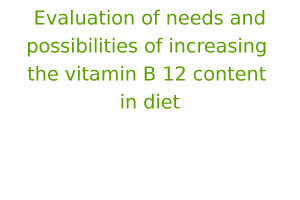



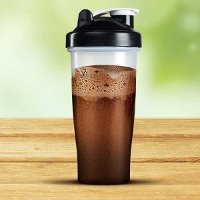
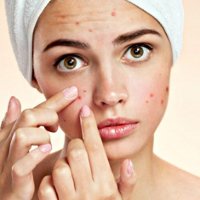

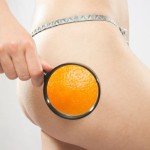

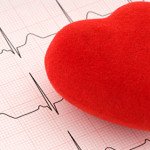

Comments
“Evaluation of needs and possibilities of increasing the vitamin B 12 content in diet”